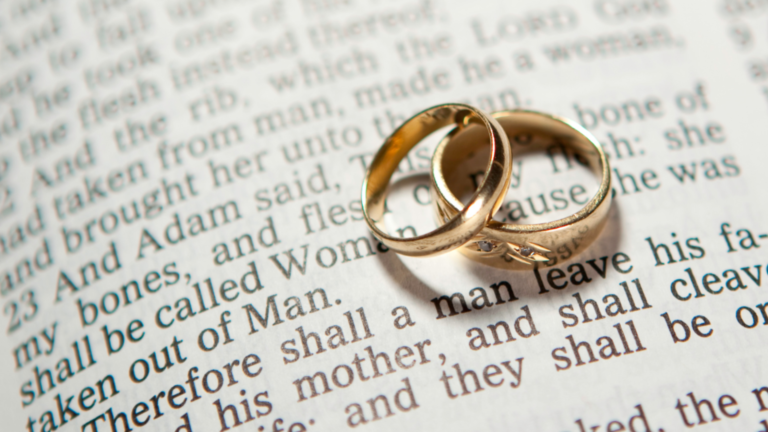Your wedding day is a momentous occasion filled with love, joy, and celebration. To ensure a smooth and memorable experience, careful planning and organization are essential. One key aspect of wedding planning is creating a detailed timeline that outlines the sequence of events from start to finish. In this comprehensive guide, we will delve into the top things to consider when creating a wedding day timeline, covering everything from getting ready in the morning to the grand finale of the reception. Let’s dive in and create a timeline that will make your special day unforgettable.
We know this is a lot of information so download the free checklist here.
Part 1: Setting the Foundation – Early Planning and Communication
- Determine the Ceremony Start Time: Consider factors such as the season, desired lighting conditions, and travel time to select the optimal start time for your ceremony. Consult with your officiant and venue coordinator to finalize the time.
- Consult with Key Stakeholders: Engage in open and regular communication with your wedding planner, vendors, and venue staff to ensure that everyone is on the same page. Share your vision, expectations, and any special requests to ensure a smooth execution.
- Assess the Venue Requirements: Understand the venue’s policies and restrictions, such as noise ordinances, curfews, or any specific rules that may impact your timeline. Work with the venue coordinator to plan accordingly.
Part 2: Getting Ready – Hair, Makeup, and Attire
- Determine Hair and Makeup Schedule: Consult with your hair stylist and makeup artist to create a realistic schedule that allows ample time for everyone to get ready. Consider factors such as the number of people, complexity of hairstyles, and desired looks.
- Allocate Time for Photography: Include time in the morning for pre-ceremony photography sessions. This allows your photographer to capture candid moments, details of your attire, and the excitement of getting ready.
- Plan for Travel Time: Factor in travel time from the getting-ready location to the ceremony venue. Account for potential traffic or delays to ensure a stress-free journey.
Part 3: The Ceremony – Saying “I Do”
- Determine Ceremony Duration: Consider the length of your ceremony and any special rituals or readings you wish to include. Ensure you have ample time to exchange vows, perform rituals, and sign the marriage license.
- Arrival and Seating: Allocate time for guests to arrive and be seated before the ceremony. Ensure clear signage or ushers to guide guests to their seats.
- Music and Processional: Plan the order and timing of the processional, including the entrance of the wedding party, the groom, and finally, the bride. Coordinate with the musicians or DJ to ensure a seamless transition.
- Ceremony Events: Consider any additional elements such as unity ceremonies, readings, or performances. Allocate sufficient time for these special moments while maintaining a smooth flow.
Part 4: Capturing Memories – Photography and Videography
- Allocate Time for Formal Portraits: Plan a dedicated slot for formal portraits with family members, the wedding party, and the newlyweds. This ensures that all essential group photos are captured efficiently.
- Consider a First Look Session: If desired, schedule a first look session where the couple sees each other before the ceremony. This allows for intimate moments and additional photo opportunities.
- Plan for Candid Shots: Allow your photographer and videographer time to capture candid moments throughout the day. This includes interactions with family and friends, emotional speeches, and the general ambiance.
Part 5: The Reception – Dining, Dancing, and Celebration
- Cocktail Hour: Allocate time for a cocktail hour immediately following the ceremony. This allows guests to mingle, enjoy drinks and appetizers, and provides a buffer for the couple’s post-ceremony photography session.
- Reception Entrance: Plan a grand entrance for the couple and the wedding party. Coordinate with the DJ or band to announce the arrival and create a memorable moment.
- Dinner Service: Consider the duration of the dinner service, including multiple courses or buffet-style dining. Ensure ample time for guests to enjoy their meals, speeches, and toasts.
- Special Dances and Traditions: Plan for key moments such as the couple’s first dance, parent dances, and any cultural or religious traditions. Coordinate with the DJ or band to ensure smooth transitions between these events.
- Entertainment and Dancing: Allocate sufficient time for dancing and entertainment. Consider the duration of the DJ or band performance, any planned surprises or activities, and the energy of the crowd.
- Cake Cutting and Dessert: Include time for the cake cutting ceremony and dessert service. Coordinate with the bakery or caterer to ensure the cake is ready, and the dessert options are displayed or served promptly.
- Farewell and Grand Exit: Plan a memorable farewell for the couple as they conclude the reception. Coordinate a grand exit, whether it’s a sparkler send-off, a balloon release, or a vintage car departure.
Creating a well-thought-out wedding day timeline is crucial to ensure a seamless and memorable celebration. By considering the various aspects outlined in this comprehensive guide, you can craft a timeline that encompasses everything from the pre-ceremony preparations to the grand finale of your reception. Remember to communicate and collaborate with your wedding planner, vendors, and venue staff to ensure a smooth execution of your timeline. With careful planning and attention to detail, your wedding day will unfold flawlessly, allowing you to savor every moment of this extraordinary occasion.







